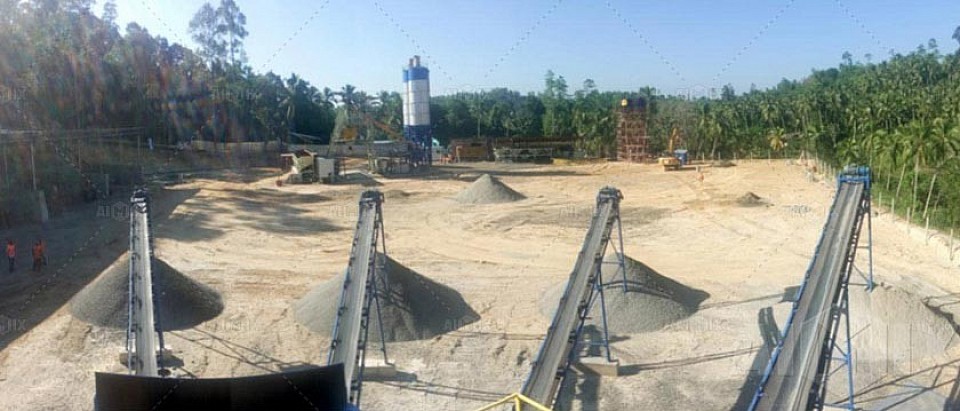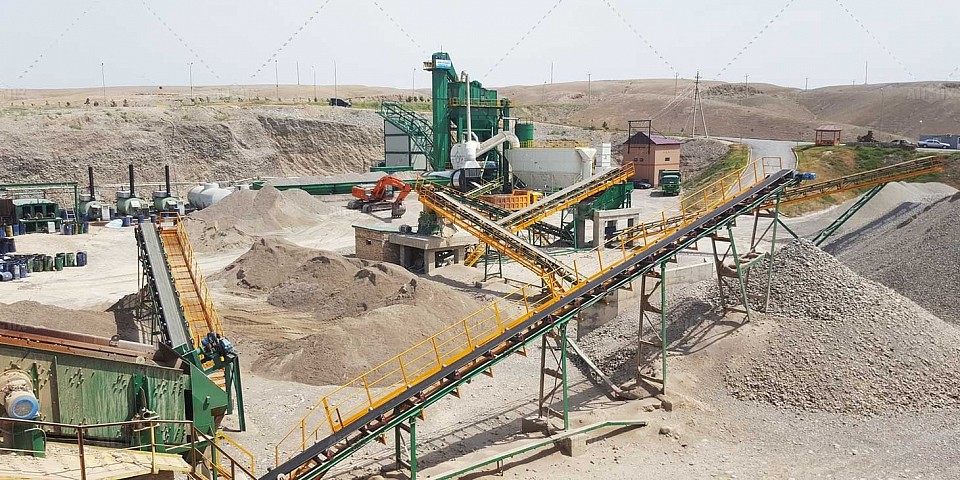What is a Crusher Plant? A Comprehensive Guide for Contractors and Builder
In the realm of construction and aggregate processing, the crusher plant emerges as a pivotal player, shaping the landscape of modern infrastructure development. Its significance extends beyond mere operations; it embodies an intricate interplay of engineering, efficiency, and environmental considerations. For contractors and builders, understanding the nuances of a crusher plant is essential not only for operational efficacy but also for ensuring compliance with industry standards and optimizing resource utilization. This guide delves into the fundamental aspects of crusher plants, illuminating their roles, components, and operational methodologies.
Understanding Crusher Plants
At its core, a crusher plant is a facility designed to crush various materials into smaller, more manageable sizes. This process is integral to the production of construction aggregates, paving materials, and recycled materials. The essence of a crusher plant lies in its ability to transform raw materials—like rock, stone, and concrete—into versatile products that are critical to construction and engineering projects. The evolution of technology has significantly enhanced the capabilities of these plants, allowing for greater efficiency and adaptability in diverse operational environments.
Key Components of a Crusher Plant
A typical crusher plant comprises several critical components, each playing a distinct role in the overall crushing process. The primary elements include:
1. Crushers
These are the heart of the plant, designed to break down large rocks into smaller pieces. Various types of AIMIX crushers exist, including jaw crushers, cone crushers, and impact crushers, each suited for different materials and desired outputs.
2. Conveyors
Conveyors facilitate the movement of crushed materials from one stage to another, ensuring a seamless workflow. They are essential for maintaining efficiency and minimizing manual handling, ultimately contributing to the plant's productivity.
3. Screening Equipment
After crushing, materials often need to be screened to separate finer particles from larger fragments. Screening equipment, such as vibrating screens, plays a vital role in ensuring that the end products meet specific size specifications.
Operational Efficiency and Best Practices
To maximize the productivity of a crusher plant, several best practices should be considered. Regular maintenance of equipment is paramount to avoid downtime and ensure optimal performance. Additionally, implementing a strategic layout can enhance material flow and minimize bottlenecks. Understanding the material characteristics and selecting the appropriate crushing techniques can also lead to significant efficiency gains.
Moreover, embracing sustainable practices, such as recycling and reducing waste, can not only bolster a company's reputation but also align with regulatory requirements. By fostering a culture of continuous improvement and innovation, contractors can ensure that their crusher plants operate at the forefront of the industry.
Conclusion
In summation, a crusher plant stands as a cornerstone of modern construction, transforming raw materials into essential building blocks of infrastructure. By grasping the intricacies of what is a crusher plant, contractors and builders can navigate the complexities of the industry with enhanced confidence and competence. With a focus on efficiency, sustainability, and innovation, the future of crusher plants looks promising, poised to meet the evolving demands of construction and environmental stewardship.


